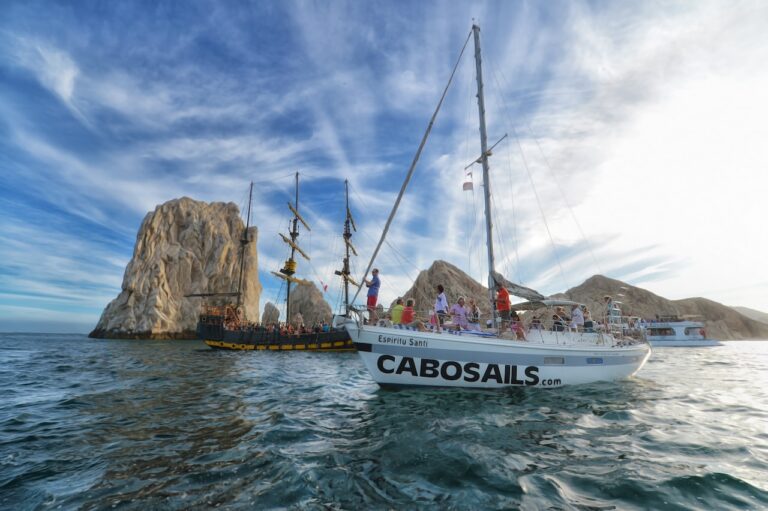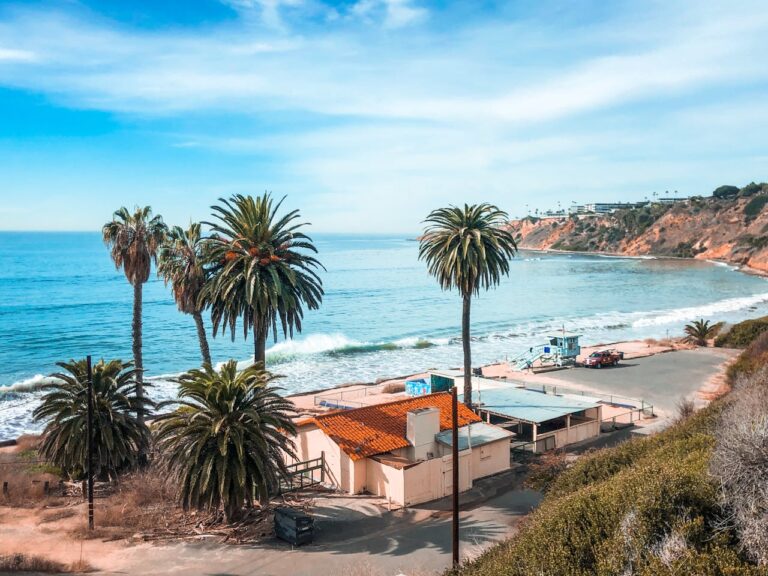Cell Phone Connectivity in Mexico: Complete Guide 2025

Mexico Mobile Guide: eSIMs, Networks and Wi-Fi Secrets – I’ve explored Mexico’s dazzling cenotes, ancient pyramids, and vibrant cities enough times to know that staying connected is essential for both convenience and safety.
- Understanding your connectivity options in Mexico
- Will my phone work in Mexico?
- Navigating Mexico's mobile networks
- How to get a local SIM card in Mexico
- Embracing the convenience of eSIMs in Mexico
- Finding reliable wi-fi in Mexico
- Internet speed and reliability across Mexico
- Internet freedom in Mexico
- Connectivity at major tourist sites
- Navigating language barriers when getting connected
- Cost of staying connected in Mexico
- Local tech customs and etiquette in Mexico
- Emergency connectivity in Mexico
- Final thoughts on staying connected in Mexico
- Most Asked Questions
Whether you’re navigating Mexico City’s sprawling neighborhoods or trying to find that hidden beach in Tulum, having reliable internet access can transform your experience.
I’ll walk you through everything you need to know about keeping your phone connected during your Mexican adventure.
Key Takeaways:
Hide- Use eSIMs or local SIM cards for the most cost-effective and convenient internet access 📶
- Make sure your phone is unlocked before arriving in Mexico for full carrier flexibility 🔓
- Telcel offers the widest coverage, especially in rural and coastal regions 🗺️
- Avoid overpriced airport kiosks—buy SIM cards at OXXO or local stores instead 🛒
- eSIMs like Airalo and Holafly can be activated before arrival and are ideal for dual SIM needs 📲
- Public Wi-Fi is widespread in cities, but quality varies—download essentials in advance 🌐
- Expect decent 4G/5G in urban areas, but weak signals in jungles, mountains, and remote towns 🏞️
- Mobile data is generally fast enough for streaming in cities, but less reliable in beach towns 🌊
- VPNs are recommended for safer browsing, especially on public networks 🔐
- Tourist sites rarely offer Wi-Fi—load maps and info ahead of time 📍
- Learn basic Spanish phrases for SIM purchases; English help is limited outside major cities 🗣️
- Data plans are affordable, with 3GB for under \$8 and unlimited social apps on many packages 💸
- International credit cards may fail online—top up in-store when needed 💳
- Most power outlets match US/Canada standards; Europeans should bring adapters 🔌
- Save key emergency numbers and download offline tools like Google Translate for safety 🚨
Understanding your connectivity options in Mexico

When I first started traveling to Mexico, I made the rookie mistake of relying on my home carrier’s international plan. I quickly learned there are smarter, more cost-effective ways to stay connected.
Your primary options include using international roaming, purchasing a local SIM card, activating an eSIM, or relying on wi-fi.
Each has its advantages depending on your trip length and connectivity needs—tools like the AI Trip Length Guide can help you plan which option is most cost-effective based on how long you’re staying.
I’ve found that for weekend trips, international roaming might be acceptable if you’re willing to pay a premium.
However, for stays longer than a few days or if you plan to use data heavily for navigation, streaming, or work, I strongly recommend getting either a local SIM or an eSIM.
The savings can be substantial, and you’ll enjoy the freedom of not constantly monitoring your data usage—especially useful when you’re figuring out how to get around in Mexico.
The savings can be substantial, and you’ll enjoy the freedom of not constantly monitoring your data usage.
Will my phone work in Mexico?
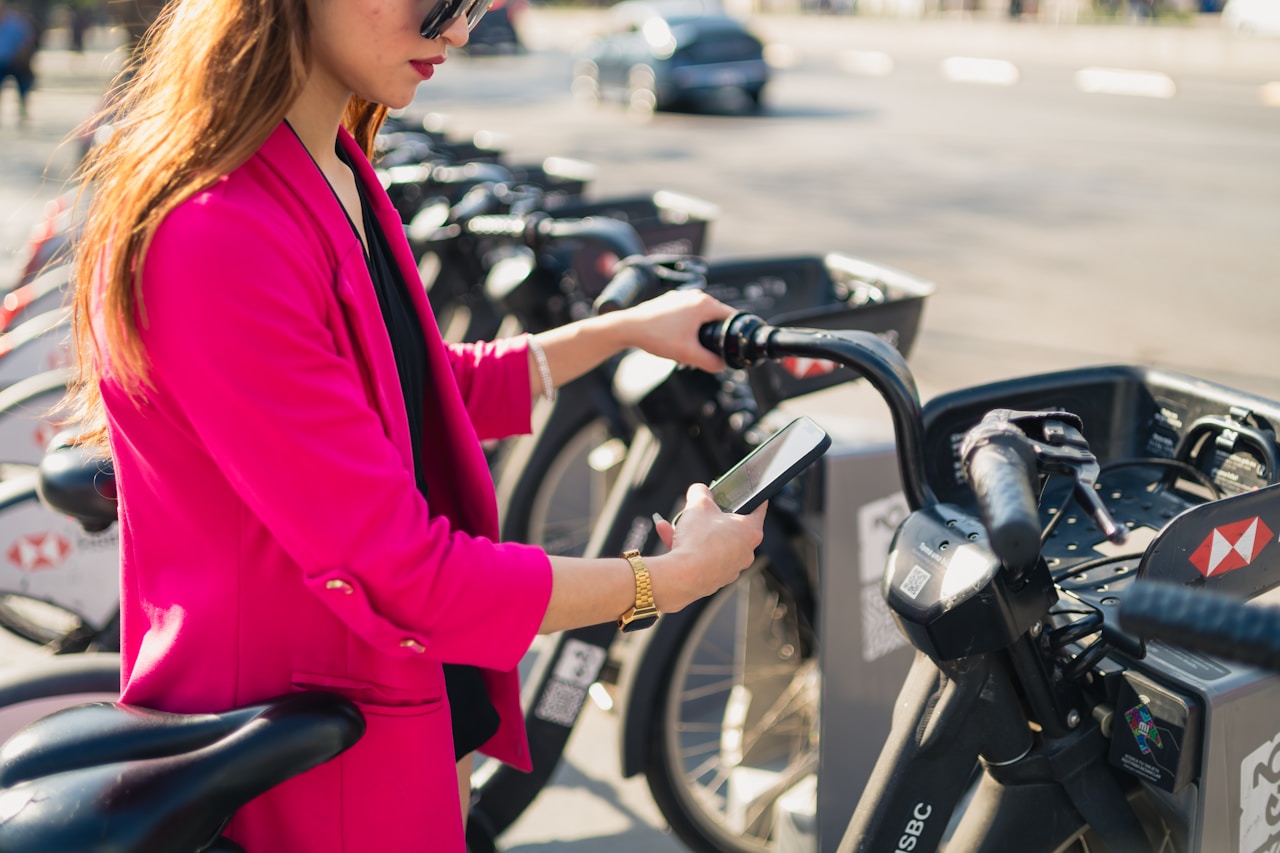
Generally speaking, most modern smartphones will work perfectly fine in Mexico. The country uses the same GSM network standard found throughout most of the world.
However, there’s an important preliminary step you’ll need to take before arriving: ensuring your phone is unlocked.
If you’re unsure whether your phone is carrier-locked, I suggest contacting your home provider before your trip. An unlocked phone gives you the freedom to use any Mexican carrier’s SIM card.
I’ve learned that planning your connectivity strategy before arriving saves significant headaches later.
Mexico’s mobile coverage has improved dramatically in recent years. I’ve experienced reliable 4G service throughout major cities and tourist areas, with 5G now available in premium destinations like Cabo San Lucas.
That said, I’ve noticed signal strength can weaken considerably in rural villages, mountainous regions, and jungle areas.
If your itinerary includes off-the-grid locations, I recommend preparing for potential connectivity gaps—and double-check your Travel Packing List to ensure you’ve included essentials like power banks, offline maps, and an emergency charger.
Navigating Mexico’s mobile networks
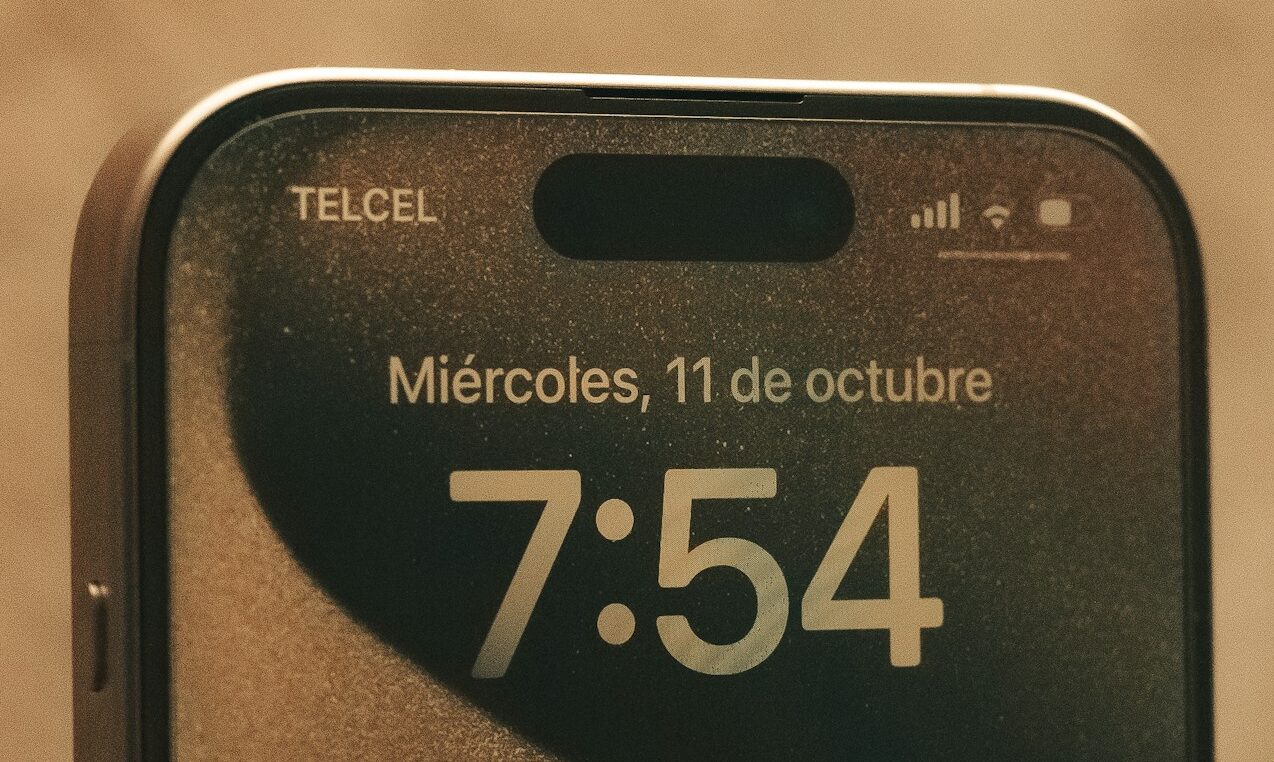
I’ve tested all three major networks in Mexico, and each has its strengths. Telcel dominates the market with the most extensive coverage nationwide.
AT&T México and Movistar complete the trio, offering solid service in urban areas but less reliable connections in remote regions.
From my experience traveling throughout Mexico’s 32 states, I’ve found Telcel to be the most dependable choice overall.
If your journey includes smaller towns like Sayulita or remote beaches in Baja California, Telcel’s superior coverage will serve you best.
I’ve been stuck in remote areas with no signal on other carriers while friends with Telcel maintained connectivity.
While AT&T México and Movistar offer competitive pricing and excellent service in major cities like Mexico City, Guadalajara, and Mérida, I’ve noticed their coverage can deteriorate quickly once you venture into rural areas.
For peace of mind, Telcel remains my go-to recommendation, especially if your Spanish skills are limited and you might need connectivity in an emergency.
How to get a local SIM card in Mexico
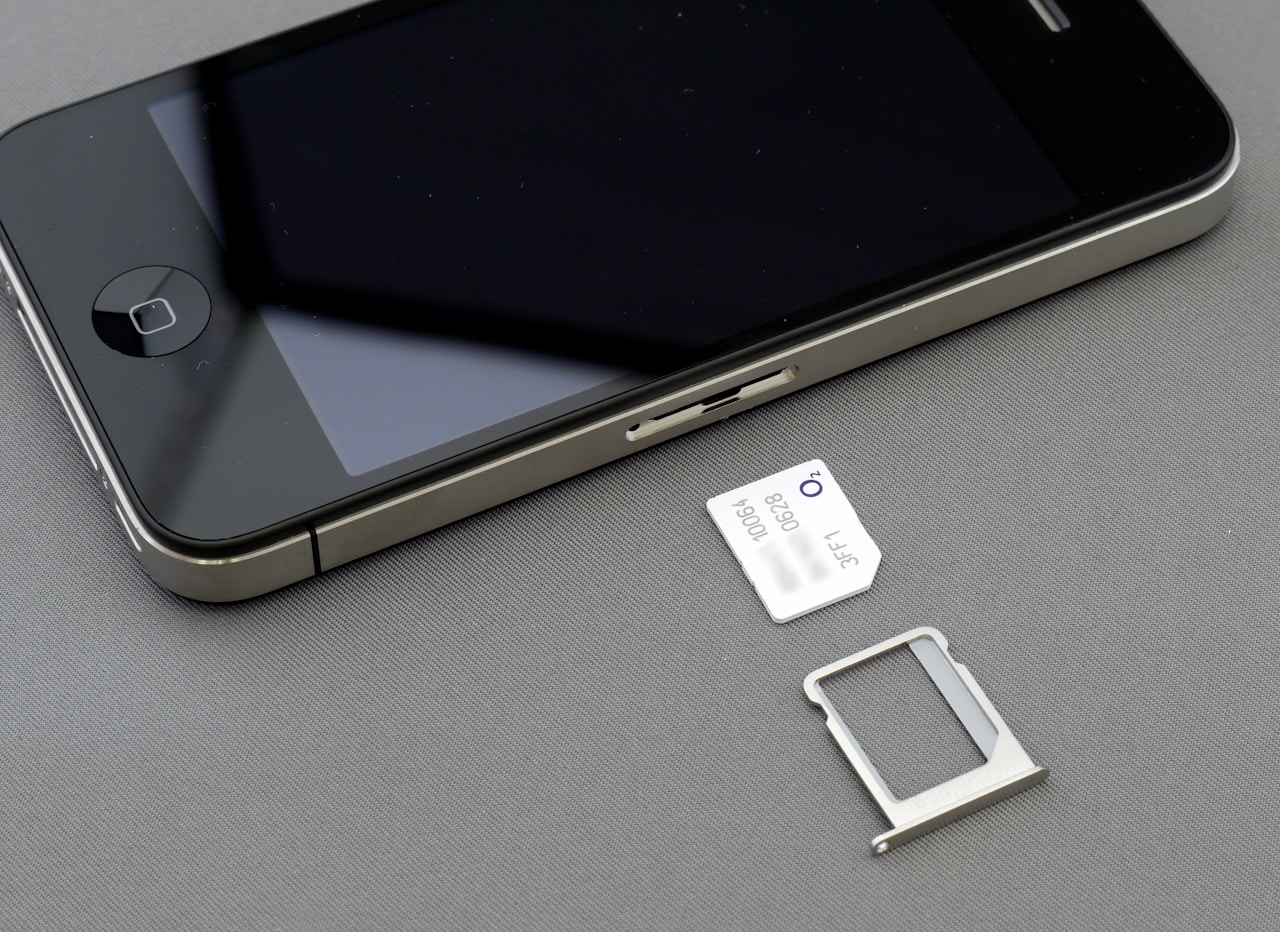
I love how straightforward getting a SIM card is in Mexico compared to many other countries. You won’t need to provide your passport or ID, making the process refreshingly simple.
I’ve found that all three major providers have dedicated shops at airports, malls, and city centers where you can purchase a “chip” (the local term for a SIM card) and activate a data plan.
My favorite tip for budget-conscious travelers is to skip the airport kiosks, where prices are typically inflated, especially in tourist hubs like Cancún.
Instead, I recommend waiting until you reach your destination and visiting an OXXO convenience store.
With over 22,000 locations throughout Mexico, these ubiquitous stores sell SIM cards from Telcel, OXXO Cel, AT&T, and Movistar at standard prices.
When purchasing your SIM, I suggest taking a photo of your new Mexican phone number printed on the packaging.
You’ll need this number for communicating with new friends and for topping up your account later. Once you’ve installed the SIM and added credit, you’ll be connected within minutes.
Embracing the convenience of eSIMs in Mexico

I’ve recently switched to using eSIMs for all my international travel, and I can’t overstate how much easier they’ve made staying connected in Mexico.
If you hate the hassle of physically swapping SIM cards or worry about losing that tiny piece of plastic, eSIMs are a game-changer.
Providers like Saily, Holafly, and Airalo offer simple digital activation, allowing you to get connected before you even land in Mexico.
I particularly appreciate that eSIMs let me keep my primary number active for calls and texts while using a local network for data.
This dual functionality has saved me countless times when I needed to receive authentication codes or important calls from home.
I’ve found that while eSIMs might cost slightly more than physical SIMs, the convenience factor makes them well worth the extra pesos.
For heavy data users like myself, I recommend considering one of the premium 10GB or 20GB packages to avoid running out of data mid-trip.
Before purchasing, I always check my phone’s compatibility. Most newer smartphones, including recent iPhone models and high-end Android devices, support eSIM technology.
You can verify this in your phone’s settings before your trip.
Finding reliable wi-fi in Mexico
I’ve been pleasantly surprised by how widely available free wi-fi has become throughout Mexico. In urban areas and main plazas of cities like San Miguel de Allende and Playa del Carmen, I’ve easily connected to public networks.
Mexico City alone reportedly offers over 31,000 free wi-fi hotspots.
Cafes, hotel lobbies, and restaurants typically provide complimentary wi-fi, though access methods vary.
Sometimes I’ve seen passwords displayed openly on walls or signs, while other venues print network details discreetly on receipts after you’ve made a purchase.
I’ve noticed that bus terminals and airports generally offer free wi-fi, though connection quality can be inconsistent during peak hours.
When traveling between cities, I’ve enjoyed the free wi-fi provided on major bus lines like ADO.
Nevertheless, I always download maps, playlists, and entertainment before long journeys as a precaution—and browse AI Nearby Trip Ideas to see if there are interesting detours or stops I might want to explore en route.
A word of caution from my experience: cybersecurity should be a consideration when using public networks.
I avoid logging into sensitive accounts like banking apps when connected to public wi-fi to reduce the risk of data theft.
Internet speed and reliability across Mexico
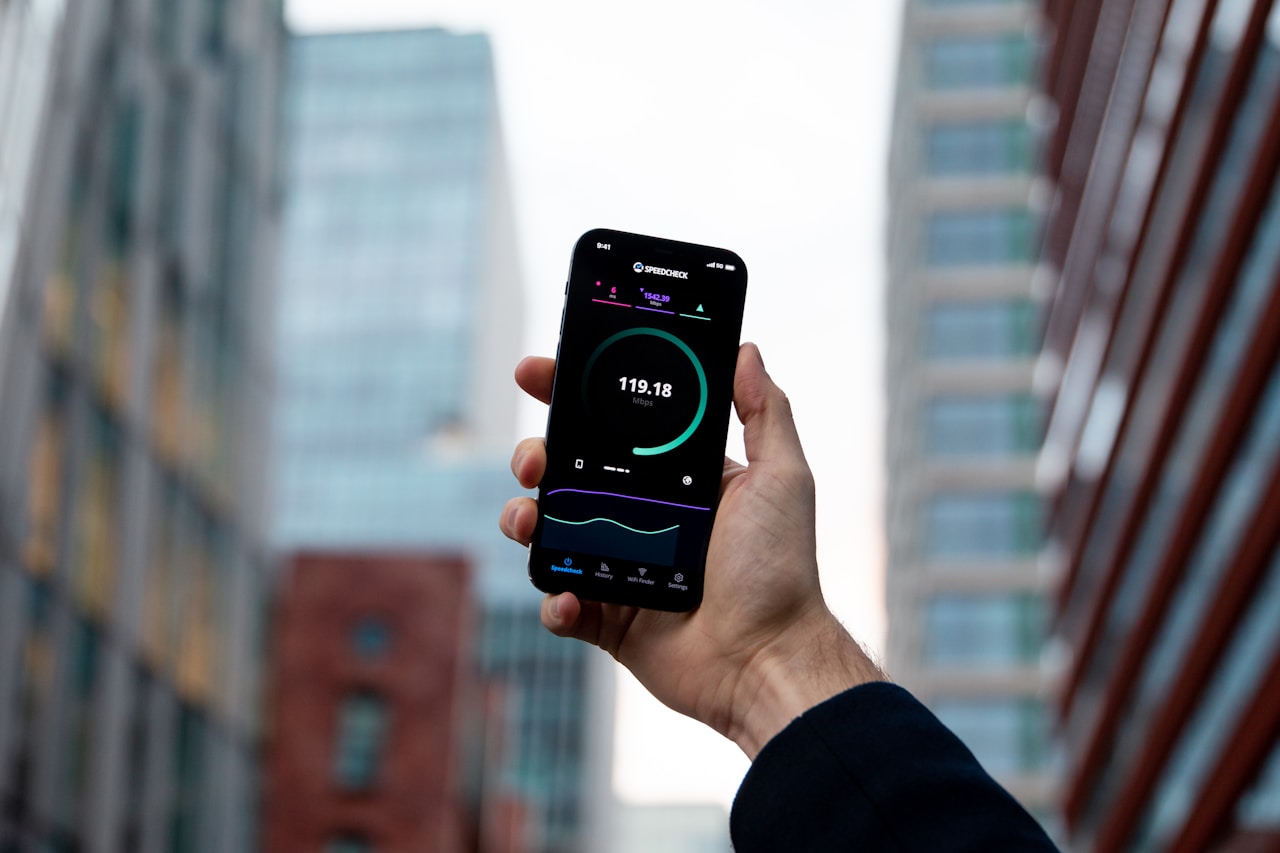
I’ve experienced firsthand the variability of internet speeds throughout Mexico. While the country ranks 78th globally for mobile speeds according to Speedtest, your actual experience will depend heavily on your location.
In major cities and tourist destinations, I’ve enjoyed connections fast enough for video calls and streaming.
However, as a digital nomad who’s worked from trendy surf spots like Mazunte and Puerto Escondido, I’ve sometimes battled frustratingly slow connections.
Having mobile data as a backup has saved my workday more than once when my accommodation’s wi-fi failed—even on some of the best road trips in Mexico, where coverage can be spotty.
I’ve learned to ask hosts about connectivity before booking accommodations, especially in remote areas.
A reliable host should be willing to provide a screenshot of a recent speed test from fast.com or Speedtest.net.
I’ve also noticed that weather can impact connectivity, with rainstorms occasionally disrupting service during hurricane season.
Internet freedom in Mexico
I’ve always appreciated Mexico’s open approach to internet access. Unlike some countries with strict censorship laws, Mexico offers unrestricted browsing, streaming, and posting.
I’ve never encountered government blocks on social media platforms or communication apps during my travels there.
That said, I still recommend using a VPN for additional privacy, especially when connected to public networks.
This extra security layer has given me peace of mind when handling sensitive information while traveling.
Connectivity at major tourist sites
I’ve learned through trial and error not to count on free wi-fi at Mexico’s spectacular tourist attractions—even at many of the best places to visit in Mexico.
At archaeological sites like Chichén Itzá or national marine parks, I’ve found that mobile data is essential for accessing travel guides, translating information, or sharing photos in real-time.
I always ensure my phone has sufficient data before visiting major attractions, as this allows me to enhance my experience with additional historical context or navigation assistance without relying on potentially non-existent wi-fi.
However, with tools like the AI Trip Itinerary Planner, you can map out key stops and download guides in advance to stay ahead—even when offline.
Navigating language barriers when getting connected
I’ve found that in popular international destinations like Puerto Vallarta, staff at mobile provider stores often speak some English.
However, in smaller towns or less-traveled areas, knowing basic Spanish phrases related to phone services has proven invaluable.
I’ve memorized a few key phrases that have helped me numerous times:
- “Recarga, por favor” – Top-up, please
- “¿Cuánto cuesta el chip?” – How much is the SIM card?
- “¿Tienes un chip de Telcel?” – Do you have a Telcel SIM card?
For online transactions, I frequently use Google Chrome’s translation feature when topping up my data plan, which makes the process seamless even with limited Spanish skills.
Cost of staying connected in Mexico
I’ve found Mexico’s mobile data plans to be reasonably priced compared to many other countries.
Telcel’s “Amigos Sin Límite” packages offer good value, with plans starting at M$150 (US$7.28) for 3GB lasting 25 days—and if you’re budgeting your overall trip, the AI Trip Cost Estimator helps you factor in connectivity expenses with the rest of your travel spend.
For heavy users, 12GB plans cost around M$500 (US$24.26) and last 30 days, typically including unlimited WhatsApp and social media use.
I’ve topped up my data at convenience stores like OXXO and 7-Eleven, larger supermarkets, and online.
One challenge I’ve encountered is that international credit cards sometimes get rejected on Mexican carrier websites, particularly if your billing address postal code contains letters.
In these cases, in-store recharges have been my reliable alternative—just make sure to use a Currency Converter so you know exactly how much you’re paying in your home currency.
While eSIMs might cost slightly more than local SIMs, I’ve found the convenience of digital top-ups without visiting a physical store to be worth the premium, especially for shorter trips.
Local tech customs and etiquette in Mexico
I’ve observed that phone etiquette in Mexico is generally more relaxed than in some other countries. Taking calls in restaurants or on public transportation is common practice, and I frequently see locals recording extended voice messages in public spaces.
At popular beaches, I’ve noticed rows of sunbathers playing different types of music on speakers, creating an interesting auditory landscape. This casual approach to technology use reflects Mexico’s warm, sociable culture.
For power needs, I’ve used North American-style Type A and B outlets throughout Mexico, with a standard voltage of 127V and frequency of 60Hz.
While travelers from the US and Canada won’t need adapters, I always recommend that European visitors pack appropriate power adapters.
Emergency connectivity in Mexico

I’ve fortunately never needed emergency services in Mexico, but I always keep essential numbers saved in my phone.
The universal emergency number is 911, and having Google Translate ready is crucial if you don’t speak Spanish. I make sure to download the Spanish language pack for offline use before my trip.
For visitors to Mexico City, I recommend saving the tourist assistance hotline numbers: 555-286-70-97 or 555-286-90-77. These specialized services can provide support in English during emergencies.
Final thoughts on staying connected in Mexico
I’ve found that being proactive about connectivity has transformed my Mexican travel experiences.
Whether I’m researching the difference between a tasty torta and a gordita, navigating to hidden beaches in Tulum, or buying ADO bus tickets to bypass long lines, having reliable internet access has made my adventures smoother and more enjoyable.
For most travelers, I recommend either a local SIM from Telcel or an eSIM for the perfect balance of cost and convenience.
Whichever option you choose, staying connected will enhance your experience of Mexico’s incredible cultural and natural wonders.
Most Asked Questions
What is roaming data?
Roaming data refers to using your mobile device on a network outside your home carrier’s coverage area, often leading to additional charges.
What does an eSIM do?
An eSIM is an embedded digital SIM that allows you to activate a cellular plan without a physical card, enabling easy switching between carriers and plans.
Do US iPhones work in Mexico?
Yes, most modern US iPhones are compatible with Mexican networks. Ensure your phone is unlocked and supports the necessary frequency bands.
Can I use my cell phone in Mexico?
Yes, you can use your cell phone in Mexico. However, check with your carrier regarding international plans to avoid unexpected charges.
Can UScellular be used in Mexico?
Yes, UScellular offers international plans that include coverage in Mexico. Review their specific plans for details.
Why is my UScellular signal so weak?
Weak signals can result from distance to cell towers, building materials, or network congestion. Consider using signal boosters or Wi-Fi calling.
Can I use my US AT&T phone in Mexico?
Yes, AT&T offers plans that include talk, text, and data in Mexico. Verify your plan’s specifics before traveling.
How do I turn on roaming on my iPhone?
Go to Settings > Cellular > Cellular Data Options, then toggle on Data Roaming.
Is Mexico included in my Verizon plan?
Many Verizon plans include Mexico. Check your specific plan details to confirm coverage and any potential limitations.
What US phone companies work in Mexico?
Major US carriers like Verizon, AT&T, T-Mobile, and UScellular offer coverage in Mexico, often through international plans or roaming agreements.
Can I use my UScellular phone in Mexico?
Yes, with an appropriate international plan, your UScellular phone will work in Mexico. Ensure your plan includes Mexico coverage.
How can I avoid roaming charges in Mexico?
- Use Wi-Fi whenever possible.
- Turn off data roaming in your phone settings.
- Consider purchasing a local SIM or eSIM for better rates.
Can I use my phone in Mexico if I have T-Mobile?
Yes, T-Mobile offers plans that include talk, text, and data in Mexico. Verify your plan’s details to ensure coverage.
How do I know if my cell phone will work in Mexico?
Check if your phone is unlocked and supports GSM networks. Consult your carrier for compatibility and international plan options.




